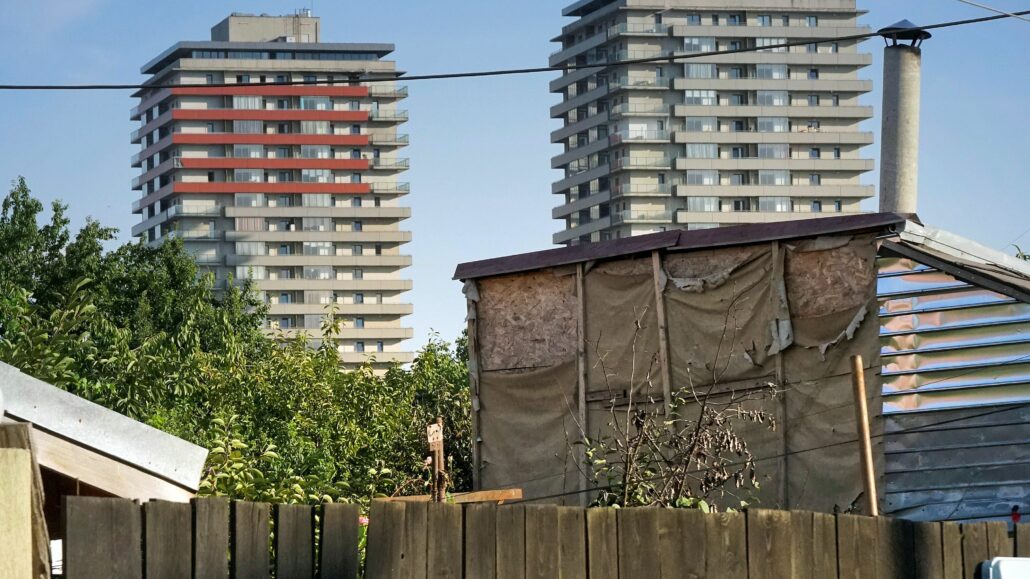Text, photo: Ștefan Ghenciulescu
Henley & Partners is a company which provides investment migration consultancy. It works both with rich individual customers, and with companies, and even governments, counselling them on golden visa-type programs (i.e. fast and easy gain of citizenship upon investing in the respective country), property purchasing opportunities etc.
The company publishes a periodic and well-documented report on prosperous cities – millionaire hotspots, as they themselves call them. There is even a top 20 of the cities with most millionaires and billionaires. It’s worth reading, you can easily find it online. (For instance, a synthesis here. Quotes are taken from this text. Technical details, on the same site, here )
New York is grandly dominating the top, with 345,600 millionaires, including 737 centi-millionaires (with wealth of USD 100 million or more) and 59 dollar billionaires. The list includes obvious names – Tokyo (2nd place), London, Chinese metropolises. The 2nd place in Europe and 12th place worldwide is taken by Frankfurt, and there are only three other European cities included in the top – Zürich, Paris, and Geneva.
If you look at it against the actual population, things are getting even more interesting. For Zürich, for instance (105,100 millionaires), the entire canton, of approximately one million and a half inhabitants, was taken into account. Even so, the ratio is 1/150, rather poor when compared to New York (1/25).
Well, we are talking of world financial hubs, with an inpour of rich expats, who have little to do with the rest of the population. Then, besides the origin of estates, in economically ultra-liberal countries, the famous trickle-down effect works rarely and poorly: disparities are huge, and a large number of millionaires does not mean a very prosperous general population.
On the other hand, it is precisely in cities where the price of houses and land has boomed over the last decades that you most often find the situation of average or even low-income families living in houses or apartments built or bought by their parents or grandparents generations before, when the respective neighbourhoods, now hyper-gentrified, used to be modest or even poor. There are therefore people holding properties worth millions, but who are far from being rich themselves.
Even considering these things, the said report expresses a global phenomenon which has become widespread over the last decades – cities transforming into citadels of the wealthy.
I would like to be very clear here: cities have always been territories of inequality. Starting with ones a few thousand years ago and going through absolutely every type of historical society, political regime, etc., in any city there were, at some point, rich inhabitants, as well as ones of average wealth or poor, to varying degrees and proportions; and, of course, “good” and “bad” areas.
But we are now witnessing an emptying of cities of their poorer population, and their progressive transformation, from centre towards the outskirts, into territories where there is less and less dwelling, as fewer and fewer can afford it. We are starting to no longer have neighbourhoods of people with more modest income, but cities without such a permanent population.
For instance, in California it seems that approximately 10-13 % of the homeless people have a job, and not necessarily a temporary one. In München, they say that middle class inhabitants will simply not afford to live in the city any longer3. The developed urban world is heading towards a situation where teachers, policemen, nurses, etc., will be living elsewhere, increasingly farther away. We are no longer speaking of suburbanization, but of relocation.
The reasons are complex. At least in Europe, tourism (and, most recently, the Airbnb phenomenon) plays an important role. And its effects are severe – let’s consider the ecological and financial costs of traffic or the increasingly high occupancy of the rural or agricultural territory. But what is worse is the lack of equity: people working and supporting the city start to have a minor access to its space. Even the poor in the cities so far could go to parks, walk beautiful streets, not be so far away from schools and culture. Besides, frantic enrichment leads to an impoverishment of urbanity, in the sense of diminishing complexity, the mix of people and activities that are the very essence of the urban. While fattening up, cities are in also dying out. And this is a bad thing in itself, with unavoidably worse consequences, which will affect all of us, regardless of our own income.
The solutions are difficult, but they exist: from building cheaper housing, with public support, to rent policies etc. But I would once again like to positively refer to the large Romanian cities and to Eastern cities in general: as opposed to both the developed world, and that undergoing fierce development, we still have social diversity in our cities, even downtown. Poorer people, the little hamlets among the large roads, the mixture of modern buildings and villas, and borough housing, are a great wealth. One that is currently disappearing, and which we should be cherishing, protecting, by improving neighbourhoods without driving people away.


